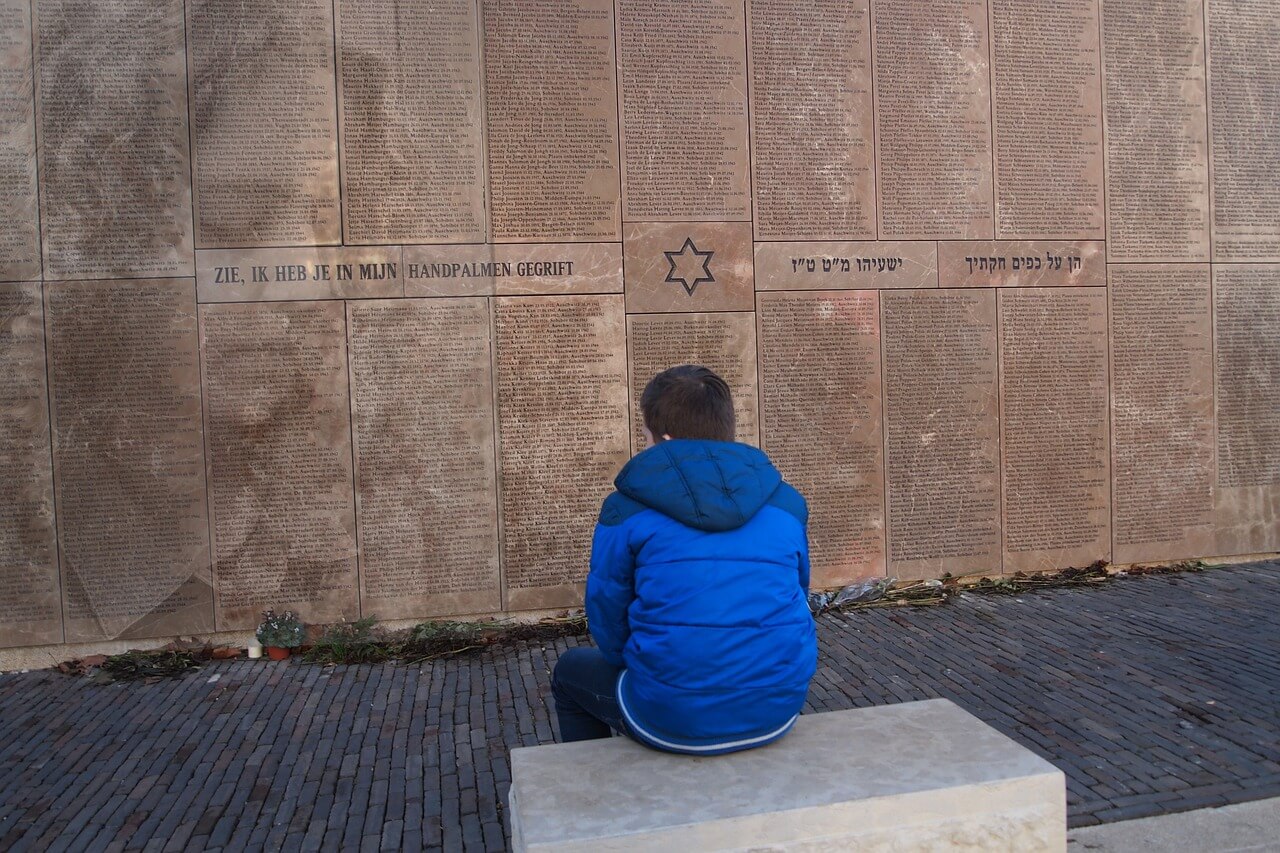By JUDI HASSON | AARP.ORG
Though parts of history were lost in the Holocaust, you can still find out a lot about your family roots
My grandfather, Max Hasson, a Sephardic Jew from Monastir, Turkey, left his homeland in 1915 when he was 19 for a better life in America. He always told us that the Hasson family escaped the Holocaust. But I now have reason to believe that he was very wrong.
As I started searching for my own roots, I tapped into the database at the United States Holocaust Memorial Museum in Washington, D.C. To my surprise, I discovered that 3,276 people from Monastir were deported to the Treblinka death camp in 1943, including nearly five dozen people named Hasson.
Local authorities had taken pictures and created a record of every one of those deported, including the Hassons, from a city of 60,000 that was part of Yugoslavia during World War II. These priceless photos are among millions in the museum’s archives.
As I poured over these historic images, tears welled up in my eyes as I saw Holocaust victims who bore the same facial features as many members of my family. Were these people my relatives? Hasson is not a common name, and it became clear to me that they probably were.
Many people think that if you’re Jewish and your ancestors grew up in Europe during the World War II era, searching for your roots is an exercise in frustration because 6 million Jews were killed by the Nazis and their histories obliterated.
That shouldn’t stop you from searching for your family trees. Many Jews grow up with a strong sense of connection to their ancestors and a burning desire to find them. And there’s a growing movement to reclaim their past for the future, and a large number of records available here and overseas that can help recapture the past.
I was lucky to have a few clues from my grandfather and even luckier to find a wealth of information online in the database of the Holocaust museum.
Check out this reservoir of genealogy websites to help you find your Jewish roots:
- Your first stop should be Jewishgen.org. This free site has a huge number of online resources, including a database on more than 6,000 Jewish communities in Europe, North Africa and the Middle East; a worldwide burial registry, listing of shtetls (small villages where Jews lived mostly in Eastern Europe); and pointers on how to get started.
- Coming soon is the World Memory Project. Ancestry.com and the Holocaust museum launched a partnership May 3 asking the public to help index millions of records from the museum’s archives. If you are interested in assisting in this project, you can find out more at WorldMemoryProject.org.
- The Holocaust Survivors and Victims’ Resource Center at the Holocaust museum includes a survivors’ registry and a name-search registry database. Also see the database at Yad Vashem, the Holocaust museum in Israel, to search for Holocaust victims.
- Check out GenealogyBank.com: A subscription site that archives more than 5,000 newspapers that can help you track down your ancestors mentioned in the local press.
- CyndisList.com has hundreds of links to Jewish genealogical sites, such as the Sephardic Genealogical and Historical Society in Paris, birth records from selected cities from many countries, cemetery records from many locations, details of residents from shetls and much more.
- JewishLink.net includes hundreds of databases, such as the obituary index of Polish – language newspaper in Chicago (1890-1958), the Association of Jewish Genealogy sites and much more.
- At EllisIsland.org, you can search for your ancestor’s arrival in the United States, the ship that brought them here and sometimes even a picture of the ship.
- The National Archives in Washington, D.C., has a wide range of microfilm that can help you find your ancestor on a ship passenger list. It’s available at Ancestry.com and access is free at 13 regional National Archives and Records Administration (NARA) sites, which may have some naturalization papers available. Also see NARA’s digitalization project.
- Naturalization papers: There’s no one-stop shopping to find your ancestor’s naturalization papers. You must know the state where naturalized and visit local federal courthouses for documents. Census records may give you a clue where they lived at time of naturalization. The 13 National Archive satellite sites have some microfilmed naturalization papers. Much of it is not online, but Ancestry.com and Footnote.com are making many naturalization papers available online.
- Social Security Death Index (SSDI) is good for Americans born after 1870 who died by 1962 or more recently. It is only an index — it doesn’t have death records. What it does have is a good accounting of the final payout from Social Security and the location where the SSN was originally requested.
- Check the index of New York births before 1880 in your search for your Jewish ancestors, many of whom arrived in the city and stayed there.
- Translating documents can be a challenge. If you don’t have a friend or relative who can help, there are volunteer organizations that provide free translation services.
If all your research from home makes you want to take that trip to the “old country” after all, you can check with local synagogues or Jewish organizations that often organize such expeditions.
DOWNLOAD PDF: Jewish Genealogy Research, Online Resources — Find Jewish Ancestors
FIND ON AARP.ORG : Unearth Your Jewish Ancestry

